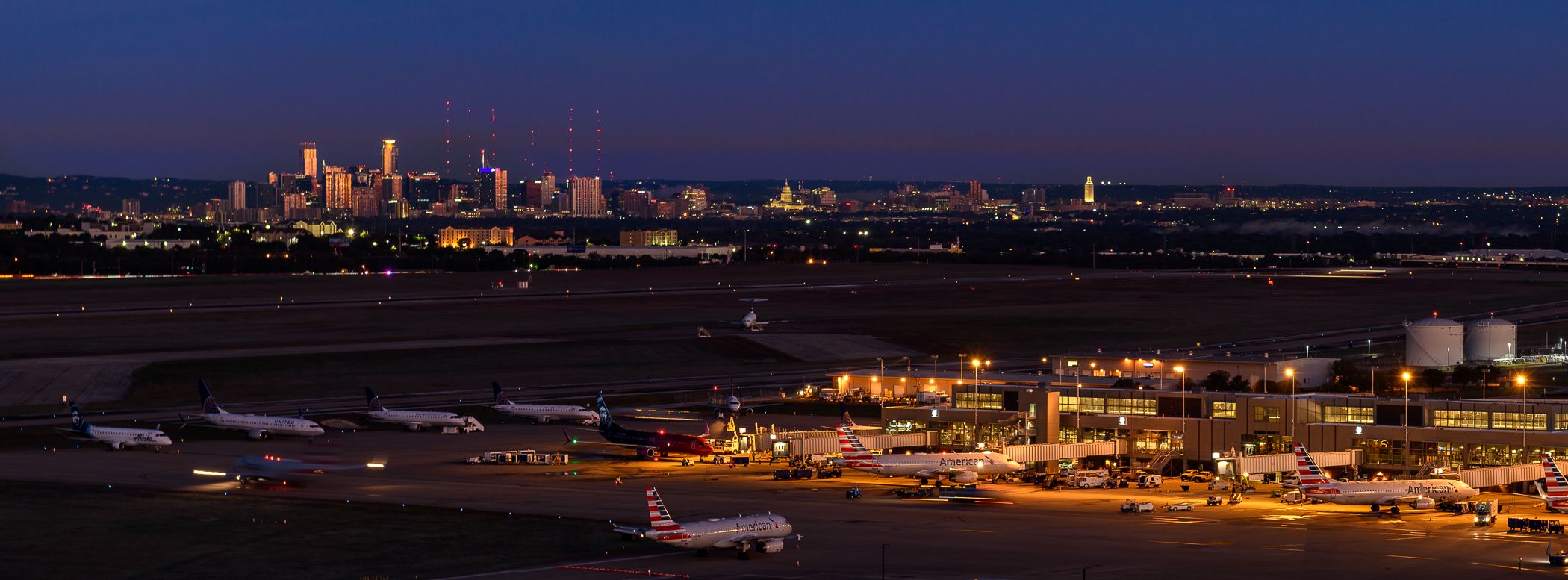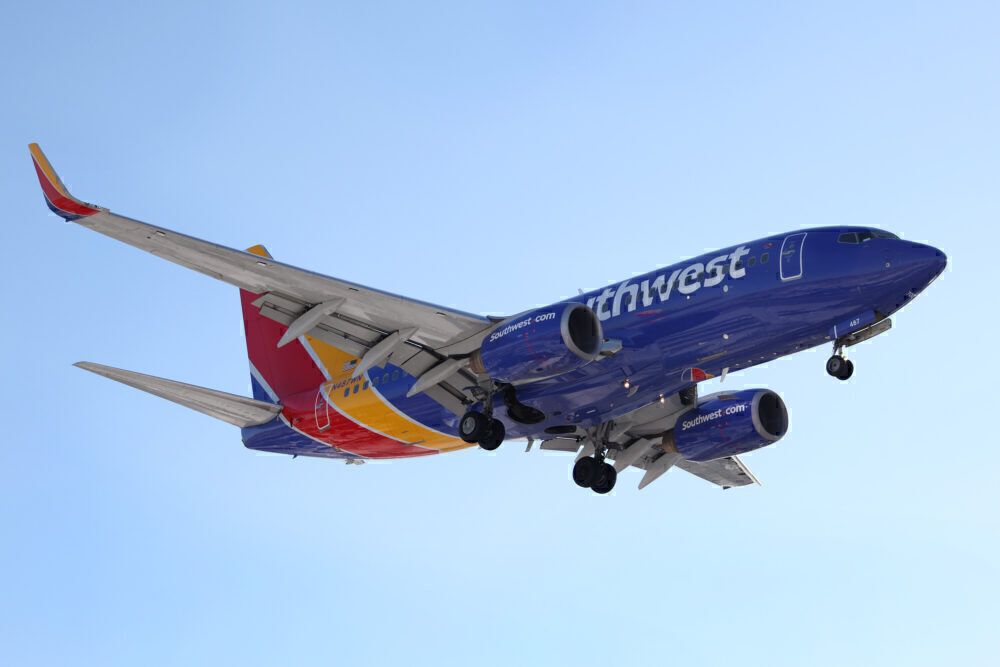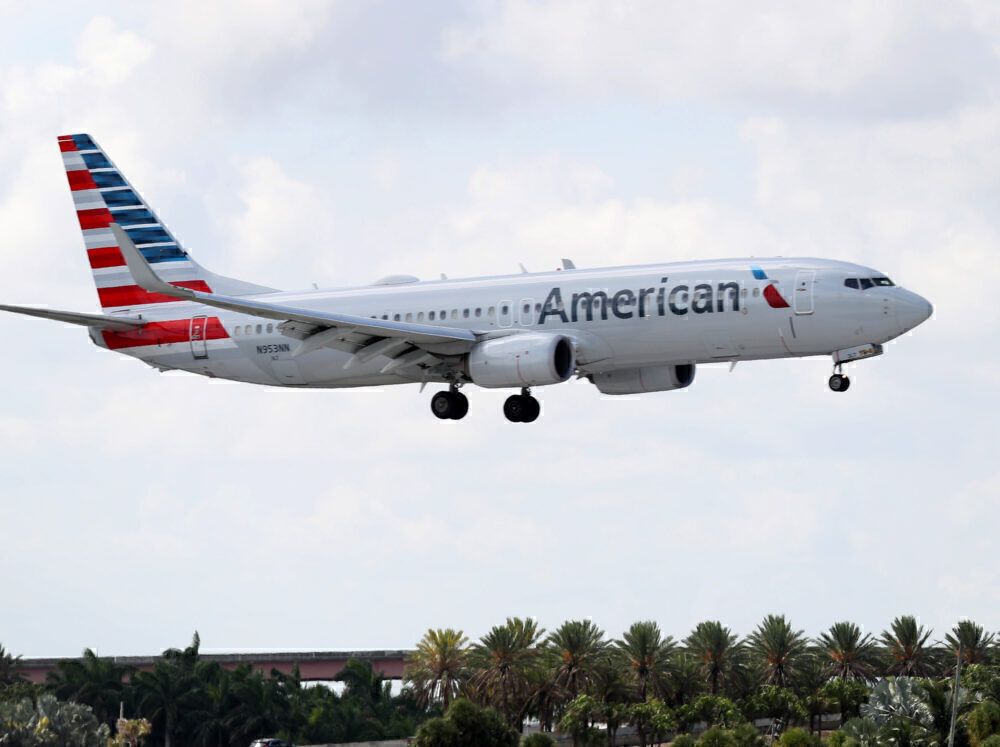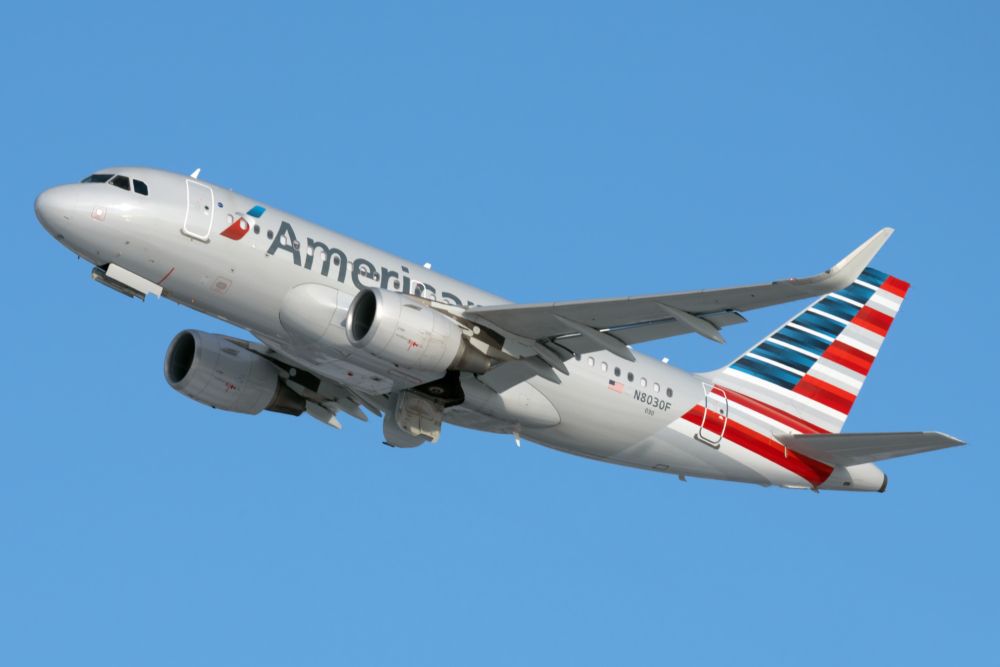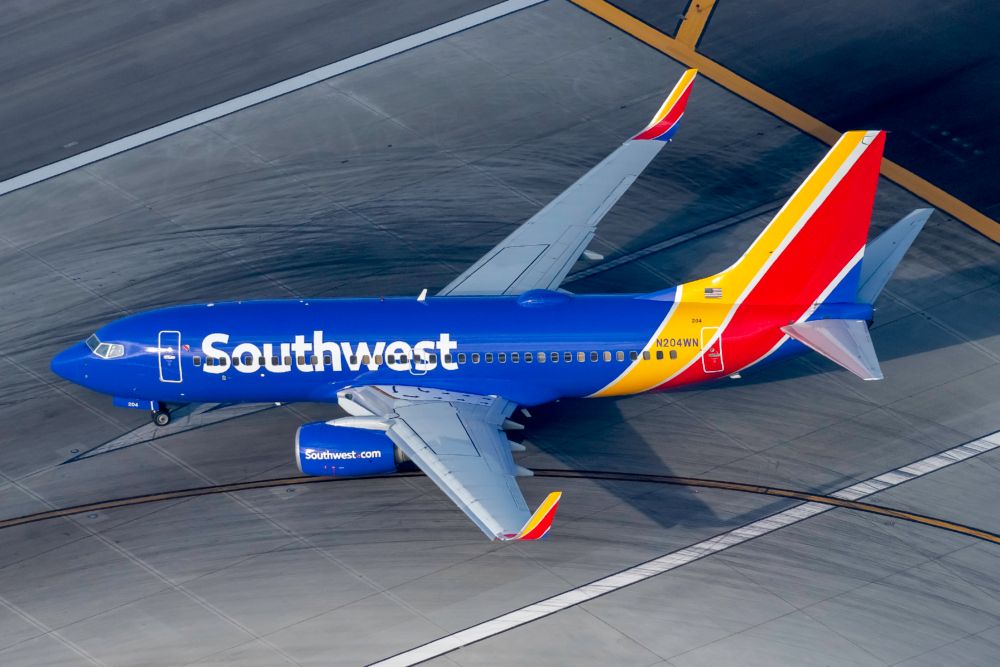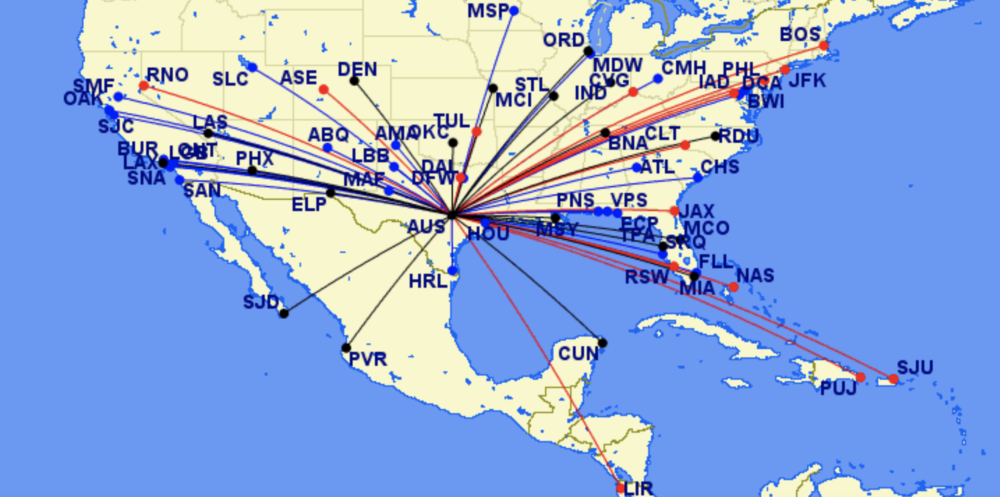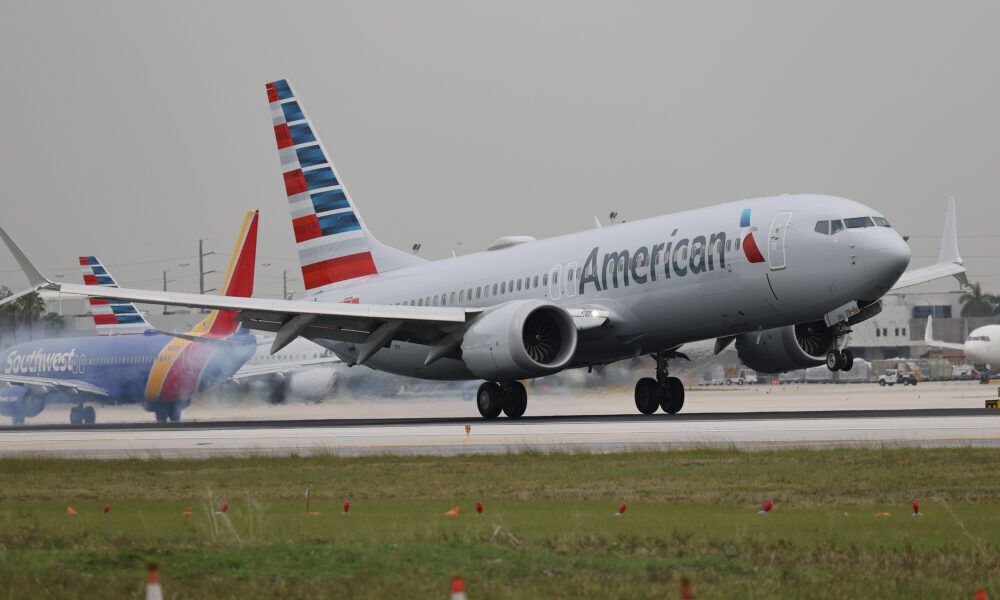Few non-hub metro areas have been as hotly contested as Austin, Texas. The growing city, which is home to major state government centers, large offices for major companies – including Apple, Dell, and IBM – and is home to a well-renowned university, has only continued to expand. As no airline has a dominant fortress hub at Austin, this has opened up the door for intense competition. Emerging out of the crisis, Southwest and American are taking the lead.
A snapshot of market share
The most recent data available from Austin-Bergstrom International Airport (AUS) from June 2021 shows some clear leaders in the race for market share:
- Southwest Airlines: 35.1%
- American Airlines: 22.9%
- Delta Air Lines: 13.9%
- United Airlines: 10.9%
- Alaska Airlines: 5.8%
- Spirit: 3.9%
- JetBlue: 3.1%
- Allegiant Air: 2.0%
- Frontier Airlines: 1.6%
- Other (Hawaiian, Sun Country, Swift Air): 0.8%
Here is the market share by airline from June 2019:
- Southwest Airlines: 33.3%
- American Airlines: 16.0%
- Delta Air Lines: 14.1%
- United Airlines: 14.0%
- Frontier Airlines: 6.2%
- Other (Aeromexico, Air Canada, Allegiant, British Airways, Lufthansa, Norwegian, Sun Country, WestJet, etc.): 5.0%
- Spirit Airlines: 4.9%
- Alaska Airlines: 3.4%
- JetBlue: 3.1%
Southwest grew its market share by just under two percentage points from 2019 to 2021. The most significant jump is American Airlines, which added nearly seven percentage points to its market share. Delta saw a slight slip while United saw a more dramatic cut. Alaska's market share increased by about 2.4 percentage points. Spirit saw a slight decline while Frontier took a more noticeable hit.
Of course, market share from June 2021 has to also reconcile the absence of foreign airlines, which largely did not come back until July onwards. Although, these airlines had a relatively small percentage of the market.
Nevertheless, it is clear that Southwest and American are pulling ahead of the rest of the pack. Southwest has historically been the largest airline in Austin, but American has generally remained a solid contender.
American adds new routes
Generally speaking, there are two ways airlines can make a play for market share. One way is by increasing capacity on a given route. This can come either through new frequencies or through upgauging aircraft. For example, this could include taking a route served four to five times per week to daily or upgrading a route flown with a smaller Airbus A319 to a larger Airbus A321.
However, there is a limit to how much of a play for market share an airline can make by just increasing frequencies or gauge at the airport. For example, if American Airlines is adding frequencies or increasing gauge, it is likely doing so on routes to its hubs where it can offer connections to passengers. On the other hand, Southwest is generally adding new frequencies or using larger aircraft on more point-to-point services.
With American relatively maxed out on the number of flights to hubs that it makes sense to operate, the airline is turning to new routes from Austin. This was a trend that started before the crisis hit.
For example, in December 2019, American Airlines announced two new routes to San Jose, California, and Boston, Massachusetts, from Austin. Both flights were expected to launch at the start of April. The carrier also planned to add service in the summer from Austin to Los Cabos, Mexico, on the weekends.
However, American Airlines has grown massively in Austin in 2021. In March, the airline announced new flights to ten cities, with some service on a seasonal basis. Then, in June, American added 14 more destinations for the fall. This included four new international routes out of Austin. Some routes have already started, while others will launch later in October and November. The airline will also be building up frequencies steadily on some routes.
Southwest puts up a fight
While there has been a lot of attention on American's growth out of Austin, Southwest should also not be overlooked. This Thursday, the carrier announced the addition of nine nonstop routes to its schedule out of Austin. This will take Southwest to up to 105 daily departures from Austin come March 2022. The carrier will service a whopping 46 destinations next year as well.
Southwest is overwhelmingly a point-to-point carrier. While it has been building up some hub-style airports, like Baltimore, Chicago-Midway, Denver, and Las Vegas, only about a quarter of its passengers fly via a connection. So, it is safe to say that the moves out of Austin are targeting more of the nonstop point-to-point demand that exists on these various routes.
Stay informed: Sign up for our daily and weekly aviation news digests.
Where Southwest and American fly
Below is a map looking at routes flown by Southwest (blue), American (red), and both carriers (black), per the latest information from the Austin airport:
Note that the above route does not include destinations served by other airlines, like Delta and United. It is solely a comparison of Southwest versus American Airlines. But, this map shows a couple of key details.
First and foremost, American Airlines does not have a monopoly on the business markets. Cities like Chicago, Dallas, Washington D.C., and Los Angeles all see service from both American and Southwest, though they may not serve the same airport in each city. For example, American flies to Dallas/Fort Worth (DFW) while Southwest is at Dallas-Love (DAL).
The distinction between business and leisure travelers is not as solid as some may think. A traveler flying on business from Tuesday through Thursday also flies with their family or friends on vacation from Friday through Monday. So, in addition to serving the key business destinations for its corporate clients, American is also serving leisure destinations to offer the broadest possible network for customers based in Austin.
Where will market share go from here?
Southwest and American are expected to remain in the top two spots in Austin. For now, Southwest is likely to have an edge on American since several of American's routes are flown on regional jets, and Southwest flies to a greater number of destinations than American. American will likely end up in the mid-20s, while Southwest stays in the mid-30s. There may be some pressure pushing market share downward with the return of international carriers.
The question now is if Delta will respond. The Atlanta-based airline still records Austin as a focus city. However, aside from its hubs, the airline only flies to Cincinnati and Raleigh from Austin. Raleigh is another focus city, while Cincinnati is a former hub where Delta has plenty of brand loyalty. Thus far, Delta has seemed content with this strategy, and it may now be deterred from adding new flights given the already intense competition.
For now, both Southwest and American are taking the lead in Austin. Southwest, which has a history of holding the top spot in Austin, has an edge, but American has a lot of room where it can grow, as well.
Which airline is your preferred carrier to and from Austin? Let us know in the comments!

